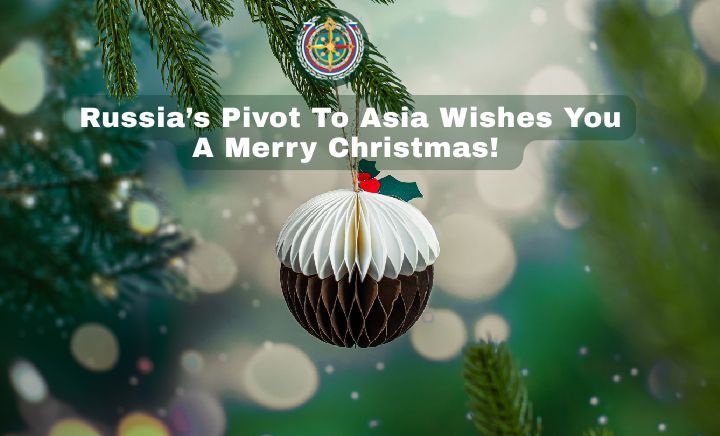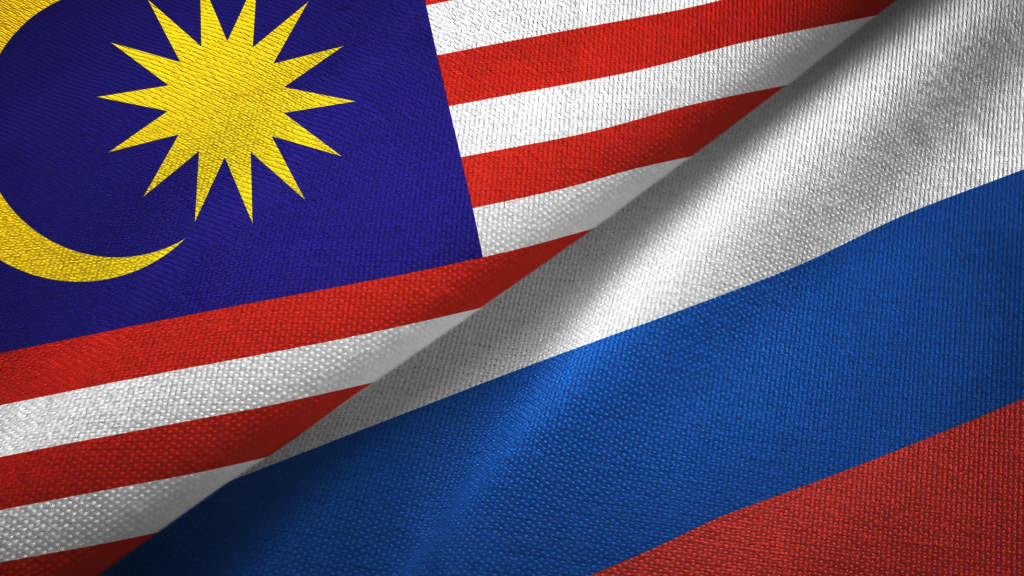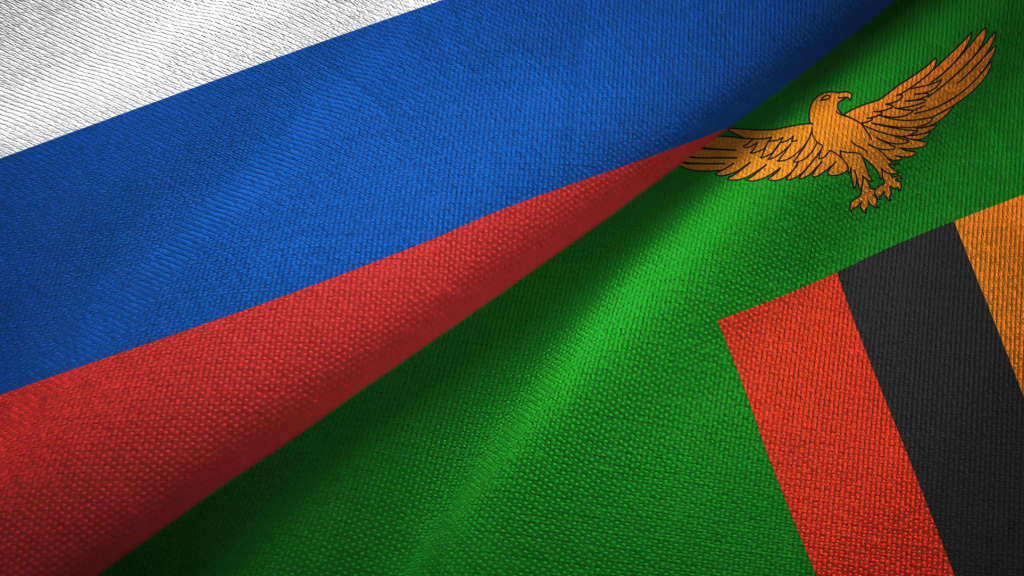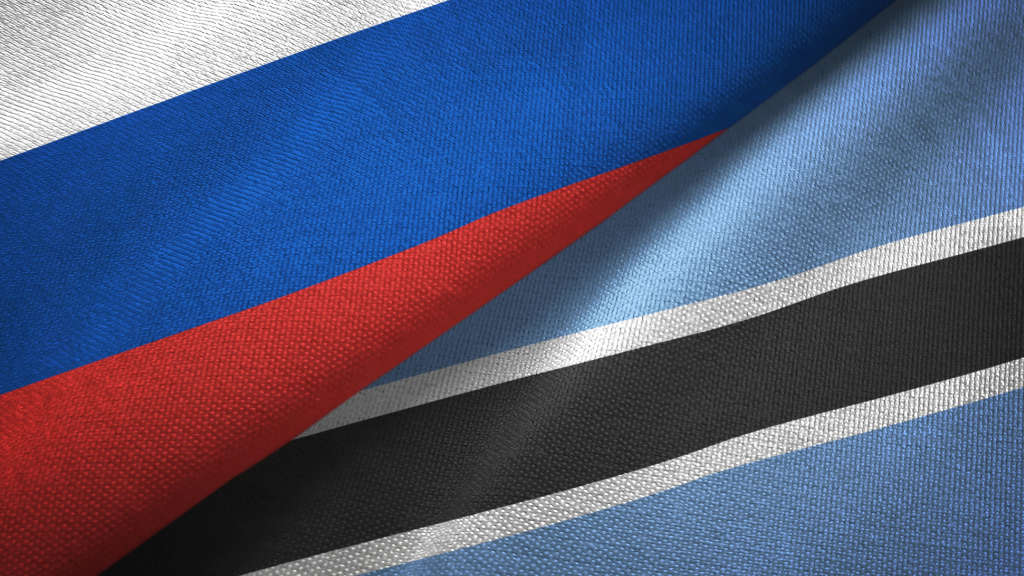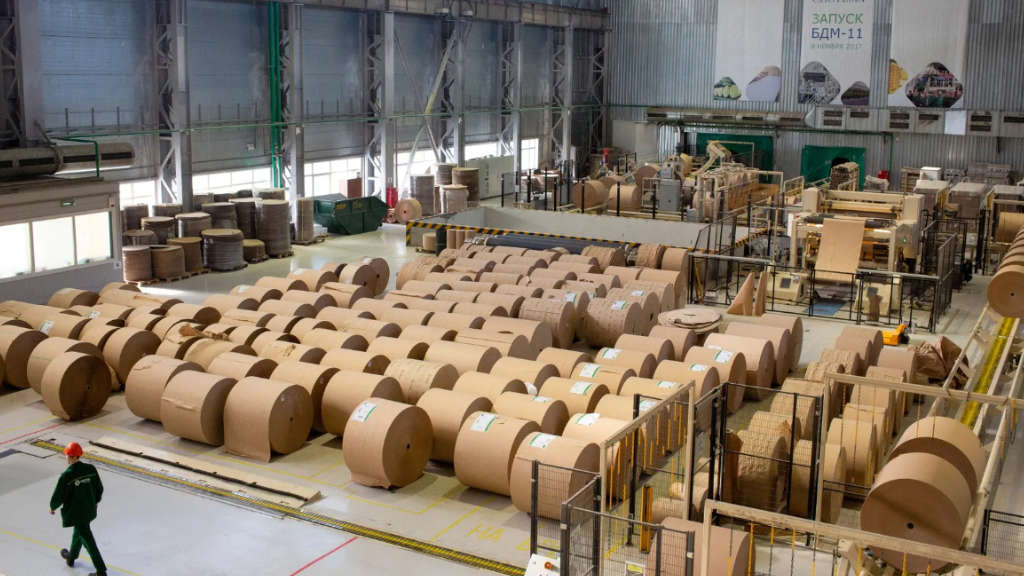Russin Foreign Minister Sergey Lavrov has held talks with Malaysian Foreign Minister Mohamad Hasan in Kuala Lumpur.
The ministers focused on implementing the agreements reached during the Malaysian Prime Minister Anwar Ibrahim’s official visit to Russia in May, and discussed current bilateral and international issues.
They focused in particular on regional affairs and prospects for further strengthening Russia’s strategic partnership with the Association of Southeast Asian Nations, which Malaysia chairs this year. Malaysia is a BRICS partner nation.
Malaysia is strategically situated on the key Straits of Malacca shipping route that links the Pacific Ocean to the east with the Indian Ocean to the west.
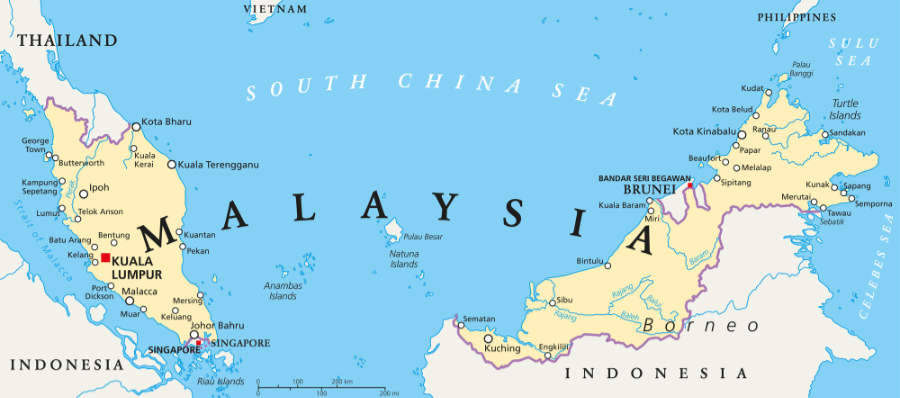
Malaysia’s primary output is significant since the country is one of the world’s biggest suppliers of commercial hardwoods, a significant producer of rubber and palm oil, and an exporter of significant amounts of natural gas and petroleum. However, in order to support its economic expansion, Malaysia has placed an increasing emphasis on export-oriented manufacturing. Malaysia has drawn significant international investment, particularly from Japan and Taiwan, by leveraging its comparative advantages, which include a relatively cheap yet educated labour force, well-developed infrastructure, political stability, and an undervalued currency.
Malaysia is a key member of the ASEAN trade bloc, which also provides FTA with Australia, China, India, Japan, New Zealand, and South Korea, and has trade agreements with fellow Islamic nations Pakistan, and Turkiye.
Malaysia has an area of 330,803 sq km and the population of 33.2 million. Its GDP (PPP) stands at US$1.9 trillion, GDP per capita (PPP) equals US$40,138, while GDP growth reached 5% during 2024.
Malaysia remains a key importer of Russian agricultural products, bringing in grains, oilseeds, meat, and dairy products. In return, Russia receives palm oil, rice, and fruits from Malaysia. Energy resources, primarily oil and gas, along with metals and chemical products, form the crux of exports from Russia to Malaysia.
Malaysia reciprocates with exports of cars, electronics, rubber, and palm oil. Trade in agricultural products and food between Russia and Malaysia saw a sizeable uptick in 2024. Russia’s agricultural product exports to Malaysia totaled US$620 million. Russia is also interested in exporting Malaysian high-tech equipment.
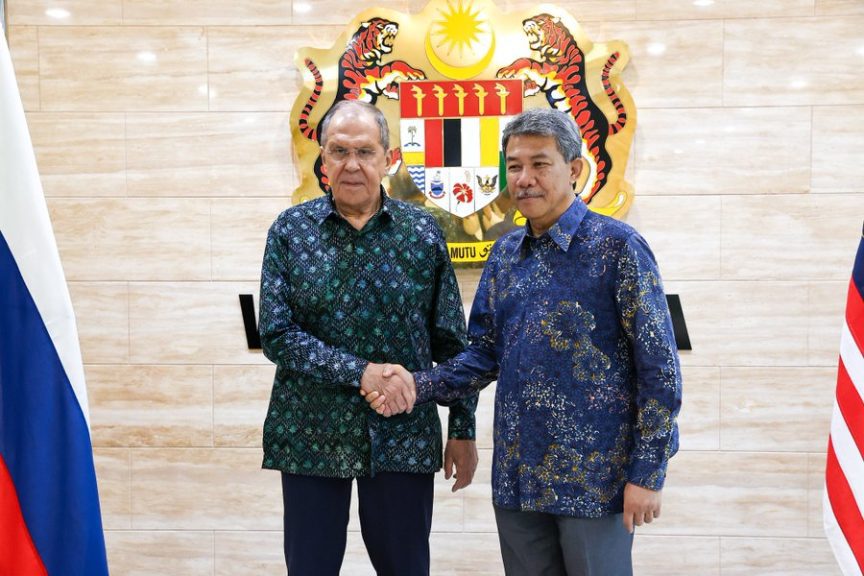
Malaysia is also one of Asia’s largest semiconductor exporters with an annual volume of US$8.7 billion. The electronics sector contributes almost 6% of Malaysia’s GDP. The Russian market is also interested in medical products, and medical equipment, in particular in dentistry. Around 31-32% of Malaysian exports to Russia are electronic goods. Malaysia has a developed auto industry, in particular the Proton and Perodua brands. In 2022, the country produced more than 790,000 cars – more than Russia.
Bilateral economic and trade ties are also developing, with the two countries discussing nuclear energy, Russian LNG exports and investments in Malaysia being discussed, Russian dairy products being exported to Malysia for the first time, and Pasir Gudang port being added to FESCOs shipping service.
In 2024, Russia was Malaysia’s ninth largest trading partner among European countries, with total trade reaching US$2.48 billion.
Further Reading
